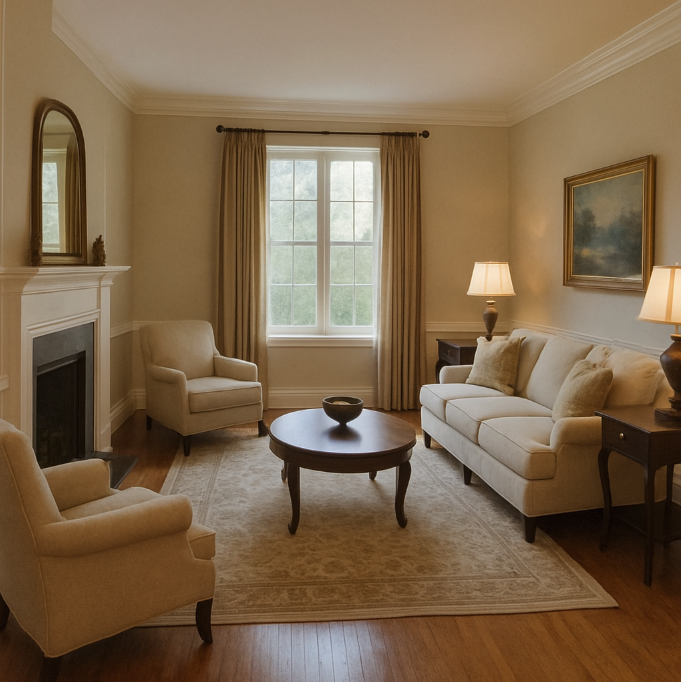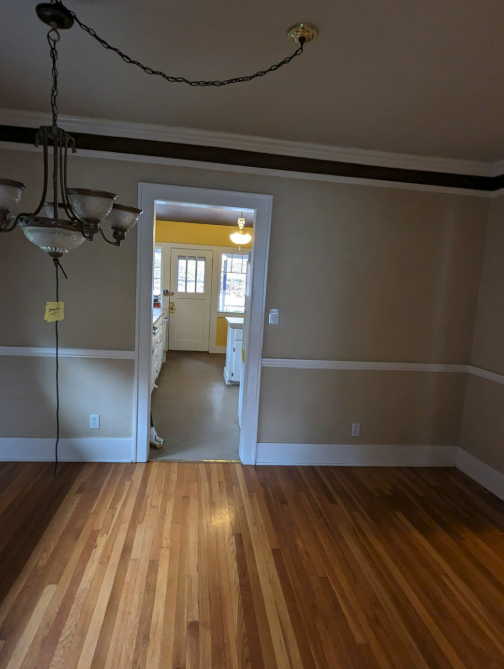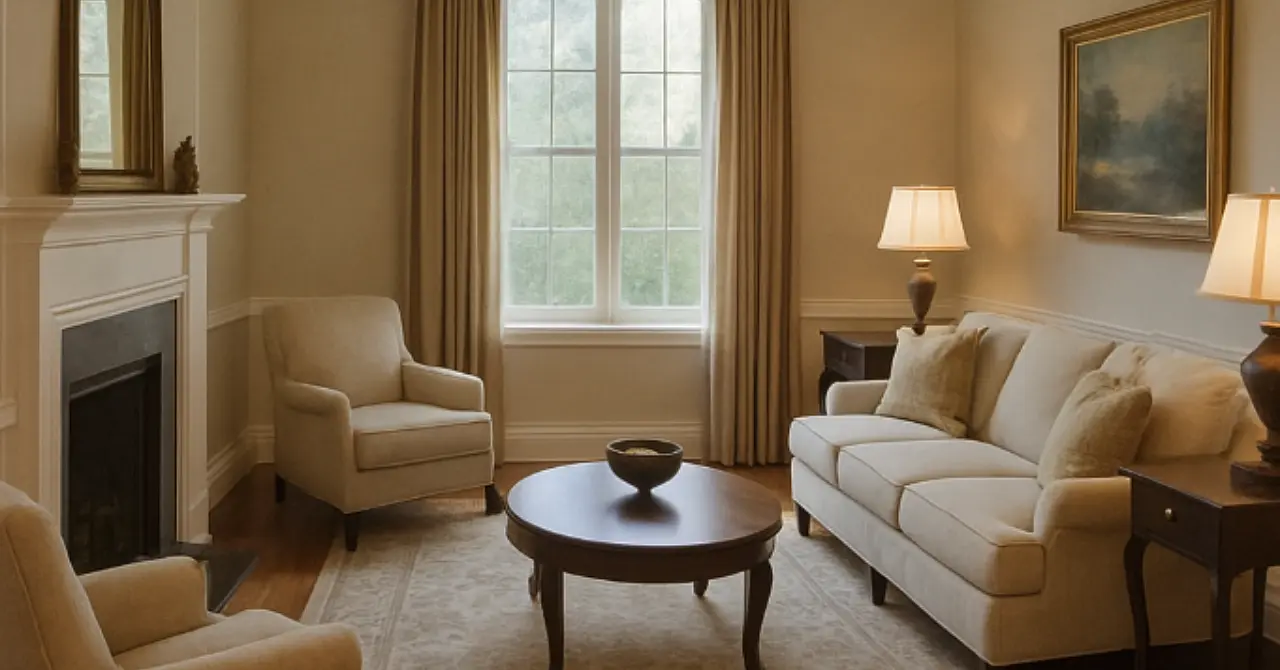How to Tell if You Have Hardwood Floors Under Linoleum
Posted by Aaron Schaalma
Are you living in an older home or considering buying one and curious about what's under those dated linoleum floors? Hardwood flooring is a coveted feature that can add charm and value to your home. But how can you tell if you have hardwood floors hiding beneath linoleum without tearing everything apart? In this guide, we'll explore some practical steps and tips to help you uncover this hidden treasure.
Before diving into the detection techniques, let's discuss why it's beneficial to know if you have hardwood floors under your linoleum.
Hardwood flooring is often associated with elegance, durability, and increased property value. If you have hardwood under your linoleum, it might be worth restoring and showcasing rather than covering it up.

Inspecting Floor Registers and Vents
One of the simplest ways to check for hardwood floors is to remove a floor register or vent. These are usually easy to lift and will provide a small window into the layers beneath your linoleum. Here's how to do it:
Step-by-Step Guide:
Remove the Vent Cover: Using a screwdriver, carefully unscrew and lift the vent cover.
Peek Inside: Shine a flashlight into the vent opening. Look for layers of flooring. You might see the edges of hardwood planks, which can indicate that there's hardwood flooring.
Take Note: If you see the distinct edge of a hardwood plank, this is a good sign that you have hardwood underneath.
Checking Floor Edges
Another method involves inspecting the edges of your flooring, particularly in less noticeable areas such as closets or behind doors. Here's what to do:
Steps to Follow:
Lift the Edge: Carefully lift a corner or edge of the linoleum. You may need a utility knife to score and lift it gently.
Look for Wood Grain: Observe the layers underneath. If you notice wood grain patterns or the edges of wooden planks, it indicates hardwood flooring.
Be Cautious: Avoid damaging the linoleum if you plan to keep it intact after your inspection.
Drilling a Small Test Hole
If you're comfortable with a more invasive approach, consider drilling a small test hole in an inconspicuous area. This method should be a last resort due to its potential to cause damage.
How to Drill a Test Hole:
Choose a Hidden Spot: Select a location like a closet or under an appliance.
Drill Carefully: Use a small drill bit to make a shallow hole.
Examine the Dust: Check the dust that comes out—sawdust indicates hardwood, while other materials may suggest a different type of flooring.
Consulting the Home's Records
If you're hesitant about physically inspecting the floors yourself, you might find useful information in the home's records. Original building plans or past renovation documentation might indicate whether hardwood flooring was installed.
Hiring a Professional
When in doubt, or if you're not comfortable with DIY inspection methods, hiring a professional flooring inspector is a smart move. They have specialized tools and experience to determine what lies beneath your linoleum without causing damage.
What to Do If You Find Hardwood
Congratulations! If you've discovered hardwood floors under your linoleum, you might be eager to restore them. Here’s a brief guide on what to do next:
Removing Linoleum and Adhesive
Peel Back Linoleum: Carefully peel away the linoleum, starting from a corner.
Remove Adhesive: Use a scraper and adhesive remover to clear the sticky residue. Patience is key here, as this can be a time-consuming process.
Refinishing Hardwood Floors
Once the hardwood is exposed, you may need to refinish it. This involves sanding the surface, applying a stain if desired, and sealing it with a protective finish. For best results, consider hiring a professional to ensure a high-quality restoration.
Potential Challenges
Keep in mind that uncovering hardwood floors can present challenges. The wood might be damaged, stained, or uneven, which could require more extensive repairs than simply sanding and sealing. However, the payoff of beautifully restored hardwood floors can be well worth the effort.
Conclusion
Discovering hardwood floors under linoleum can be an exciting revelation for homeowners interested in enhancing their living space's aesthetic and value. By following the steps outlined in this guide, you can determine if you have this hidden gem beneath your linoleum and proceed with uncovering and restoring it with confidence.
If you are in Wisconsin and you discover you have hardwood floors or just want to see what it might take to add them to your home, be sure to contact us for a free consultation. We can help you think through the best approach to making the most of your flooring.
Remember, whether you're a DIY enthusiast or prefer professional help, uncovering and restoring hardwood floors can breathe new life into your home. Happy exploring!

by Rachel B (https://unsplash.com/@rachel_a...)



